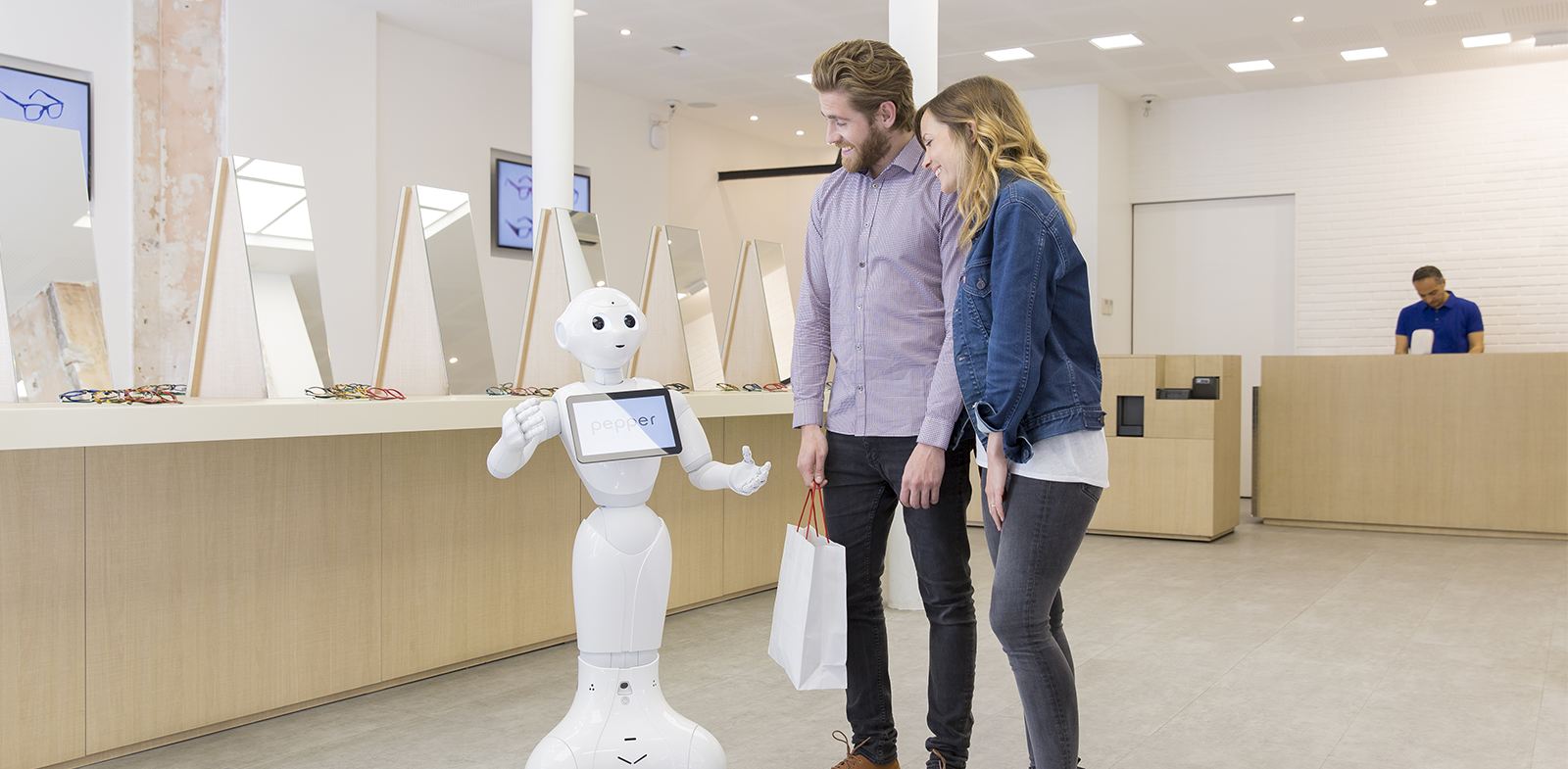Robotics in particular is becoming more popular among industries like manufacturing, retail, health care and medicine, construction and more. They provide myriad benefits to businesses, such as increased operational efficiency, reduced costs and downtime, and a high return on investment.
In a recent report released by ReportLinker, it’s estimated that the global robotics market will reach more than $86 billion by 2027. The industrial space is a hotbed for robots because they can work 24/7 without breaks, under virtually any conditions and do not require supervision. While human employees still comprise most of the global workforce, more robots are emerging to help companies reach higher and achieve more.
Restaurants are using robots to handle repetitive tasks in the kitchen, warehouses are using robots to move pallets from one place to another and surgeons are using robots to perform surgery. It’s nearly impossible to try and determine the number or breadth of applications robots have across each sector of the economy.
The Benefits of Robots
There are several benefits of the rise of robots. For example, more robots mean less repetitive, monotonous work for human employees at a company. This can help improve employee engagement and morale, thus boosting productivity and retention.
While removing mundane tasks from an employee’s workload is a positive thing, another benefit organizations reap by implementing robotic solutions is that they’re evolving and becoming more precise. Modern robotics — such as those used in the operating room — operate with a higher degree of precision and accuracy than ever before. According to the Mayo Clinic Health System, robotic surgeries can shorten recovery times for patients, leave less noticeable scarring and even have fewer surgical complications.
This is only one example of a use case in one industry. Think of all the other sectors leveraging robot technology and how much of a difference these pieces of equipment can make in a single company’s operations.
Which Industries are Using Robots?
Several industries are using robotics, with the automotive industry leading the way. According to Zippia, the automotive sector installed almost 10,000 robotic units, highlighting growing demand.
Here are some other industries that use robotics regularly:
- Food and beverage
- Plastics and chemicals
- Metals and mining
- Industrial machinery
- Construction
- Manufacturing and production
- Logisitics and transportation
A recent article by PBS mentions robots are even entering religious territory. At the 2017 Ganpati festival, a robotic arm was used to perform aarti — a ritual that involves a worshipper handing an oil lamp to a deity to signify the removal of darkness. It seems as though no aspect of life is or will be immune to the proliferation of robotics.
The Worker Displacement Concern: Will Robots Take Over the World?
Of course, the rise of robots presents new concerns for the global workforce. If robots can work for longer hours at a lower cost, what’s stopping businesses from replacing their workforce?
The fear of robots taking over the world is warranted, especially considering how prevalent robotics, automation and AI are becoming. Most sci-fi films involving robots show how they eventually become capable of overthrowing the human race. While that’s a scary thought, it’s unlikely to occur in this lifetime. Although robots are becoming increasingly prevalent across these sectors, plenty still require human employment.
For example, even advanced robots could not handle the relationship-building nuances of an HR employee. A robot cannot replace a licensed counselor or therapist who treats patients with mental health disorders. While robots can do a lot, they aren’t perfect. According to predictions from the World Economic Forum, AI and automation — including RPA — will lead to 97 million new employment opportunities by 2025.
Because robots will likely become commonplace in the modern workforce, employers must give their team members opportunities to upgrade their skills for new challenges and expectations. In other words, robots might not take jobs, but they will require people to improve their skillset in order to keep up in the workplace.
The Future of the Global Robotics Landscape
Most experts come together to provide a resounding “no” to whether robots will take over the world. It’s unlikely that robots will become advanced enough to outsmart humans in the coming decades. Instead, robots will continue to become more collaborative, coining a new term called “cobots.” Robotics work well alongside — not instead of — humans to perform a wide range of tasks.




-jpg.jpeg?width=774&height=557&name=possessed-photography-jIBMSMs4_kA-unsplash%20(002)-jpg.jpeg)







 Too much to read? Don't have time?
Too much to read? Don't have time? 

.webp?width=124&height=124&name=image%20(1).webp)
.webp?width=169&height=87&name=image%20(2).webp)













